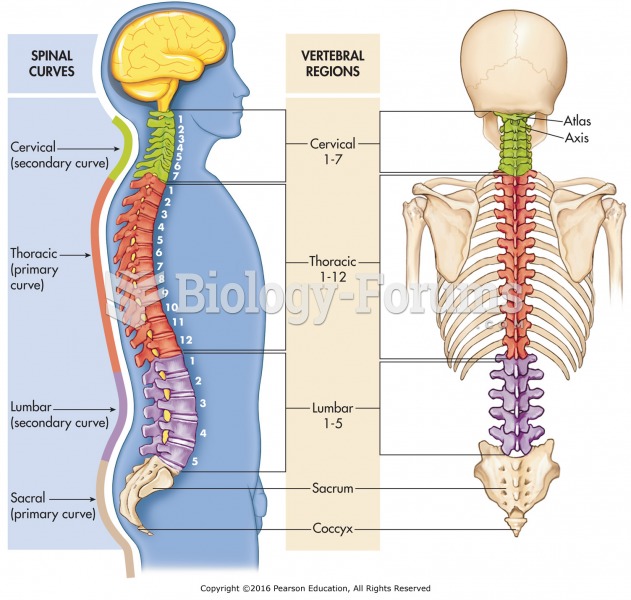|
|
|
Did you know?
The familiar sounds of your heart are made by the heart's valves as they open and close.
Did you know?
There are approximately 3 million unintended pregnancies in the United States each year.
Did you know?
The ratio of hydrogen atoms to oxygen in water (H2O) is 2:1.
Did you know?
Cyanide works by making the human body unable to use oxygen.
Did you know?
The horizontal fraction bar was introduced by the Arabs.







